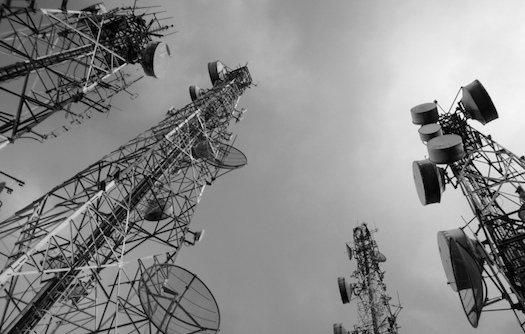Radio Tomorrow with James Cridland
I talk a lot about making the most of your radio station’s content.
The tyranny of the transmitter – something that needs feeding 24 hours a day – means that historically we’re not that good, as an industry, making sure that we capture and re-use our content in other ways.
Much of what we do in radio is informed by our history and tradition, rather than what’s right for today’s program-making. Live radio is one of those things – in the 1920s and 1930s, it was the only way to make great radio. These days, far too much of radio is lazy live content rather than well-polished audio.
So it’s fun, then, to take a peek at new radio stations. They have the opportunity to get things right from the get-go, rather than have to reinvent things later on. Change is hard.
Love Sport is a radio station in London, which focuses on sports talk. It’s on AM and DAB in London, and everywhere from Radioplayer, TuneIn and the Amazon Alexa. They’ve worked hard to make sure that they’re available where the audience is.
One look at the website, at www.lovesportradio.com, shows that this station doesn’t just focus on live radio. The “Listen live” and “on demand” buttons are the same size, in the same place. It doesn’t matter how you listen, as long as you do. And, by the looks of it, every single show is available on-demand.
They use clips of what they’ve broadcast on Facebook – a social medium which does rather better than Twitter for short pieces of audio, since it is less “of the moment” and rather better at surfacing posts from the last few days.
One of the more interesting sections of the station is evenings and weekends: and it’s here that Love Sport benefits from being in a city with eleven professional league football teams. The station broadcasts fan podcasts from each club.
Last week, the station announced that it had made those podcasts available on smart speakers, in a partnership with XAPPmedia. It’s another clever way for the station to associate itself with sports fans; and, while smart speaker consumption is still relatively low, it’s a good time to get into these services.
Finally, and for noting, the station is known as “Love Sport” on-air, but “Love Sport Radio” off-air (in logos and online). In the new multiplatform radio world, many brands mistakenly try to drop the word “Radio” – rather than help redefine it. This station hasn’t made that mistake.
It’s tempting, when you launch a new station, to do radio the way it’s always been done.
But better, and braver, to design your programming and distribution strategy based on radio in the late 2010s, rather than the early 1980s.
About The Author
James Cridland, the radio futurologist, is a conference speaker, writer and consultant. He runs the media information website media.info and helps organise the yearly Next Radio conference. He also publishes podnews.net, a daily briefing on podcasting and on-demand, and writes a weekly international radio trends newsletter, at james.crid.land.
Contact James at [email protected] or @jamescridland

